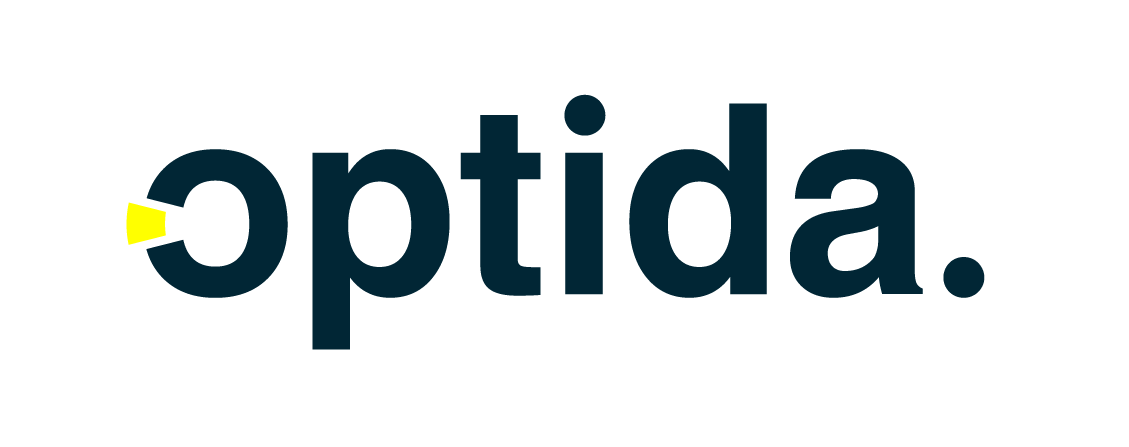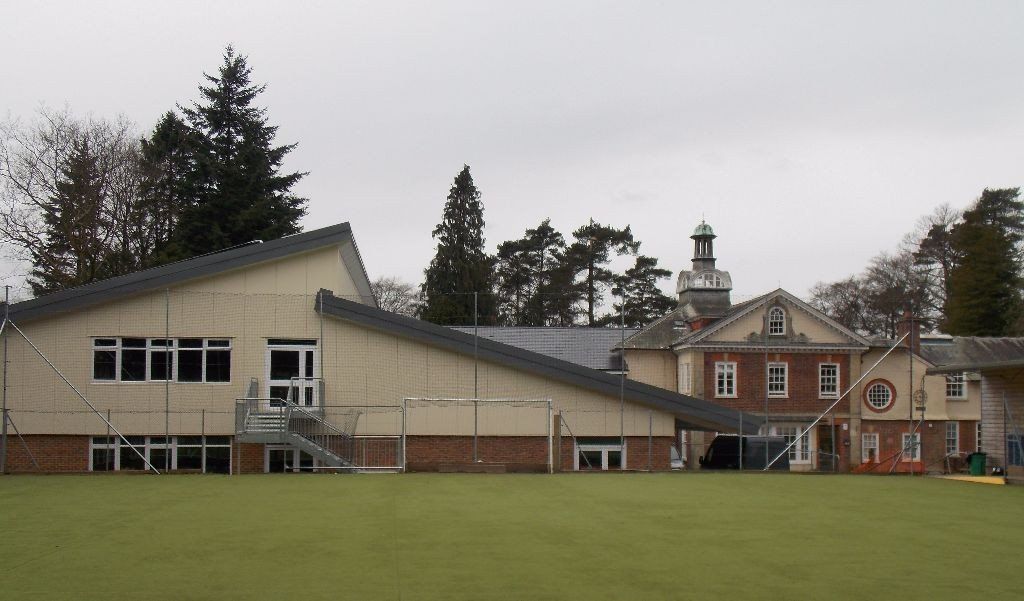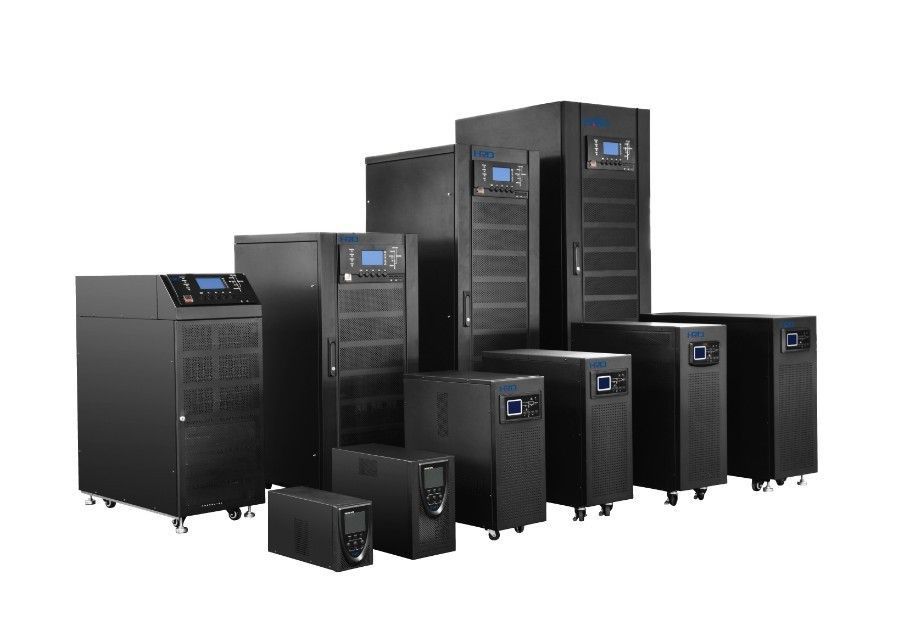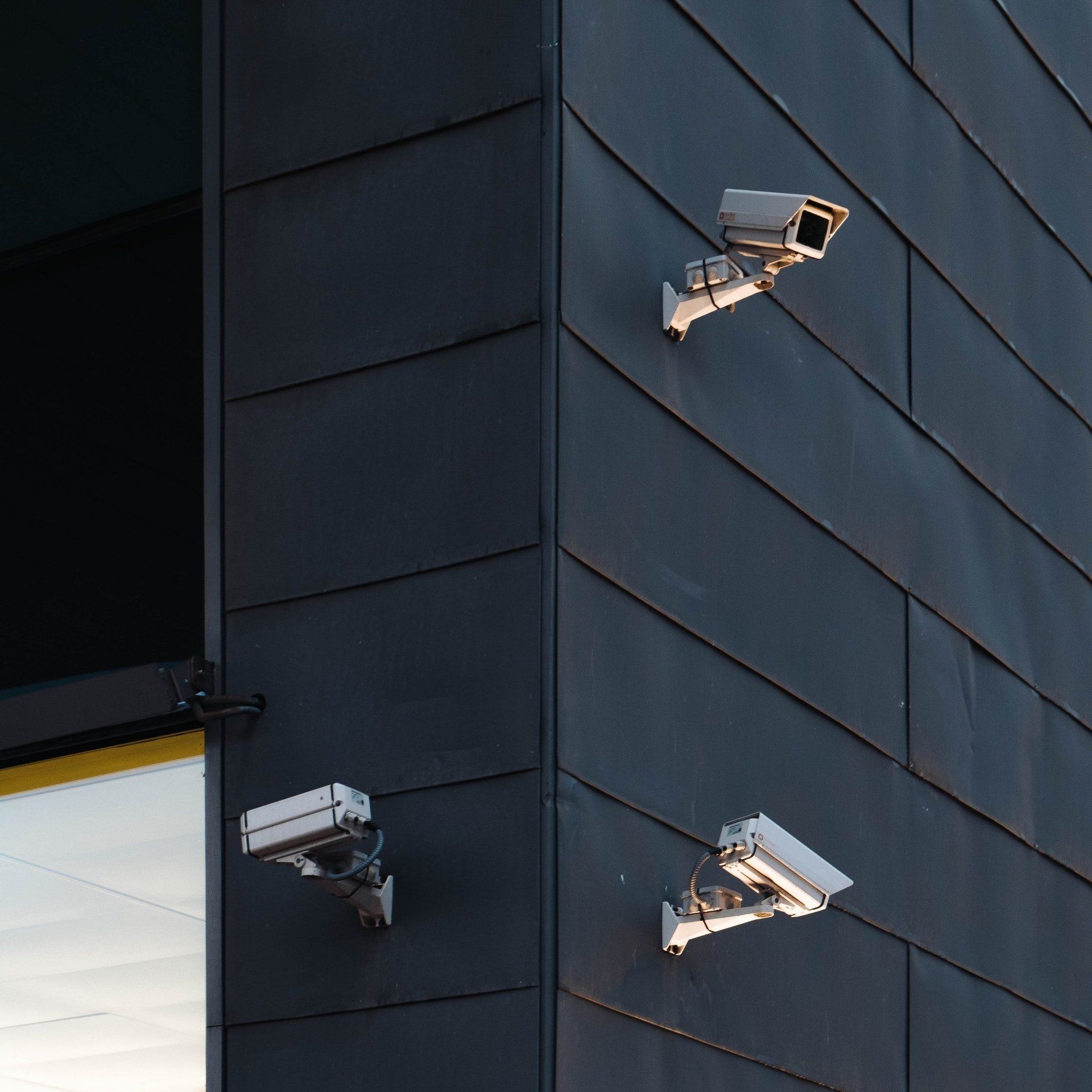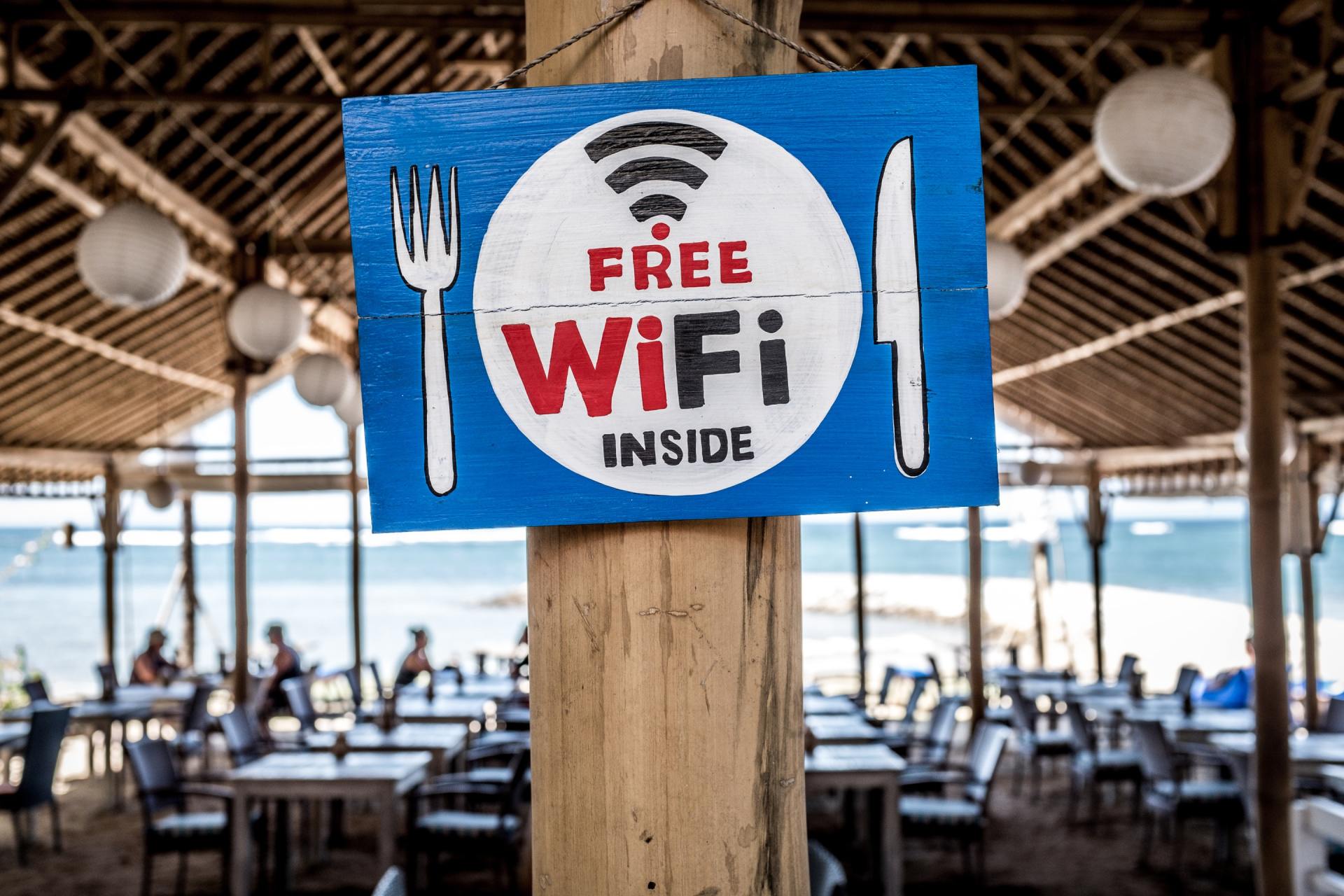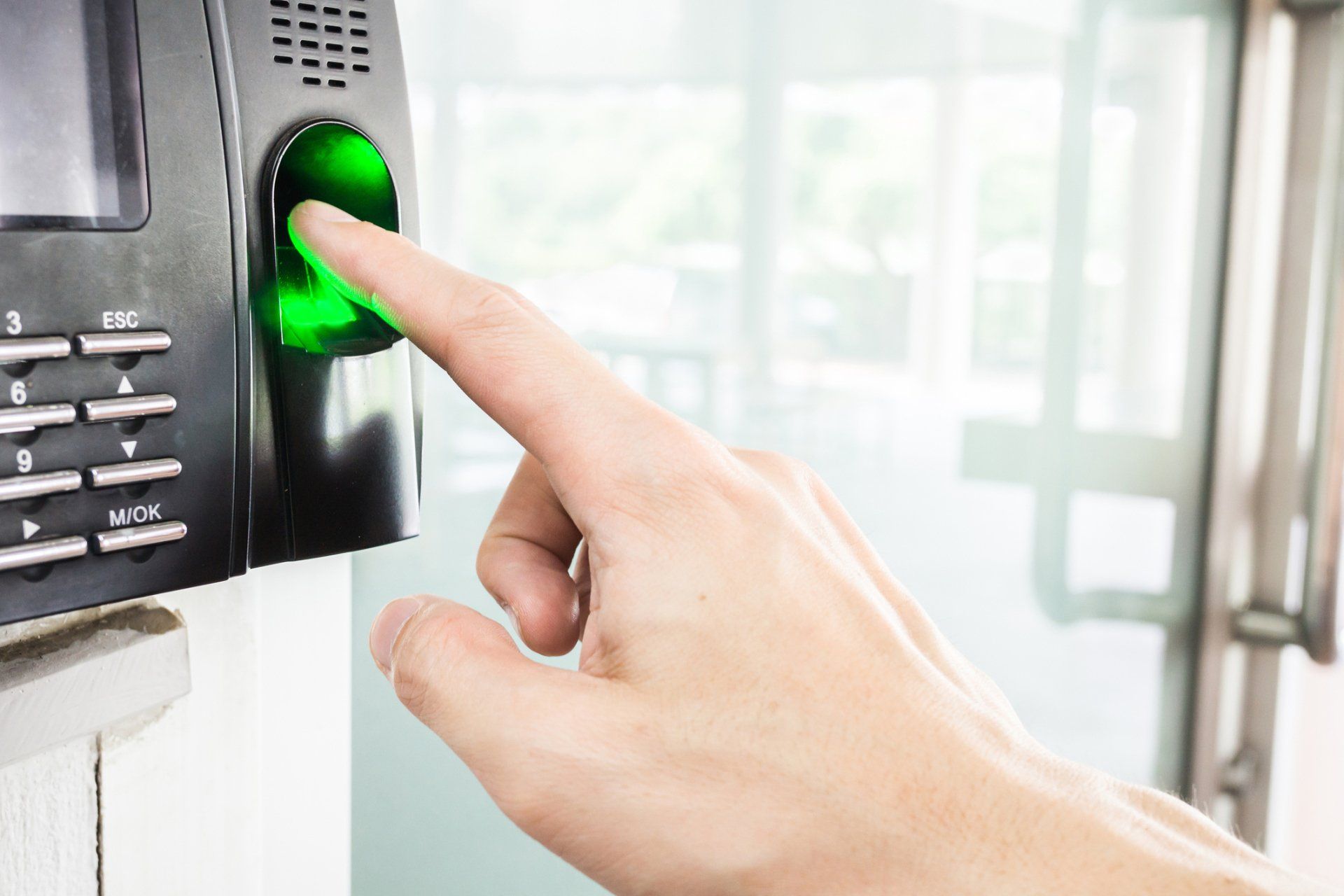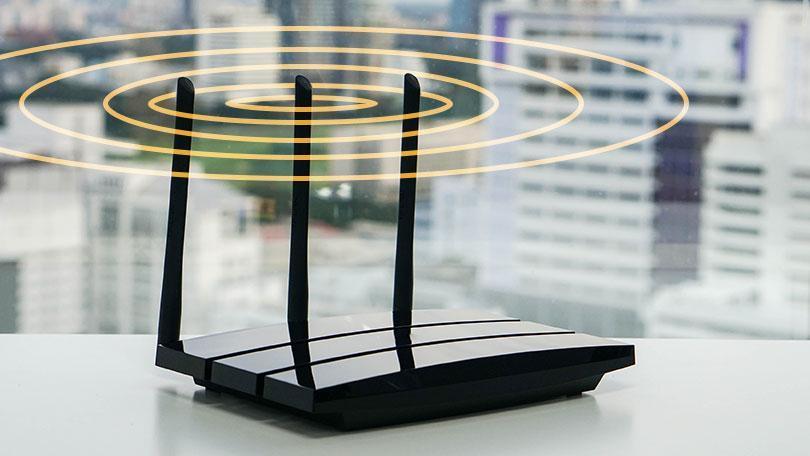Backup and Disaster Recovery
- By Neville Palmer
- •
- 30 Jan, 2019
- •
What's best for your business

We backup our company and personal data because, these days, we simply must. The potential loss of the primary versions of data, and the systems or applications that create and manage that data is a real cause of stress for any business.
The causes of data loss are many, ranging from accidental deletion or change, catastrophic hardware failure, natural disasters, theft, or more increasingly, file corruption from an external attack such as ransomware.
When this happens, it’s not just the data that needs restoring, it’s the full work environment. This is in effect, Disaster Recovery.
The importance of a disaster recovery solution is very commonly overlooked and seen as a luxury, or an unnecessary expense for the business, without taking into account the potential financial loss involved. There are some shocking statistics surrounding this which are all readily available online.
• 40% of Small/Medium businesses close after a disaster
• Only 25% of Small/Medium businesses that close following a disaster, ever reopen
• 75% of Small/Medium businesses don’t have a DR solution in place
• 52% of Small/Medium businesses say it would take at least 3 months to recover from a disaster
• Only 18% of companies surveyed with fewer than 50 employees have a DR plan.
Backup and Disaster Recovery are not one and the same thing. Disaster Recovery can only occur when a good backup is in place.
Backup is simply a copy of a file or item made in case the original is lost or damaged.
Backup and DR Options with Optida Network Solutions
• Local Backup
At Optida, we recommend as a minimum, your business data is backed up using multiple USB drives (or other media, such as tapes etc). With this solution, the recommended setup to have in place is 1 drive for each working day, which is then swapped out for the next day and the drives/tapes that aren’t being used can be taken away from site and kept safe. The daily backup can then run incrementally overnight. You’ll always have multiple copies of the data to fall back on if a restore is ever required.
The benefits of this solution are firstly the cost; it’s very cheap, with only the one off cost of the drives to consider. Then there’s the recovery speed involved in restoring from a local device; It’s always quick.
There are, however, a number of factors that can go wrong. Starting, perhaps most commonly with the human aspect of requiring someone to remember to replace the drive so the backup can run successfully overnight. If this isn’t done every day (at a prescribed time), things can very quickly become uncertain with regard to a successful restore.
There is also of course the fact that this solution is purely data backup. It’s not always a system backup. It won’t be possible to restore data from a local backup if the hardware is no longer available. You then have to consider the time and expense involved in purchasing replacement hardware, and having it configured to a point where you can then restore from the last good backup. This could be a matter of weeks, if the hardware is not immediately available.
• Cloud Backup
There are various cloud backup options, but the basic solution is simply a cloud replacement for the local device backup, taking away the worry involved in having to physically replace a USB drive or a backup tape each day. All that’s required is a good internet connection. You can then monitor the daily backups remotely, or have a report emailed to you.
The downsides of this solution are, a dependency on an internet connection, slow restore time when dealing with large amounts of data. It will, again, generally be a data backup, as opposed to a full system backup. In the event of the hardware failure, due to fire, theft or otherwise, there would be no way of restoring from the last good backup.
• Cloud Disaster Recovery
Cloud Disaster Recovery is the most comprehensive backup and DR solution available. This covers all aspects of the initial backup AND the restore process, providing you with business continuity that will bring you and your shareholders peace of mind.
The setup consists of a local hourly incremental backup to a NAS drive which is then (hourly, incrementally) backed up to our secure servers in a data center.
If the worst happens, we can have your business back up and running within hours, from our virtual servers. All you’d need is an internet connection. So even if the building isn’t available to work from, employees can Remote Desktop onto a virtual image of your old server. This can then be fully restored onto the new hardware once it’s in place.
Call 0330 700 3333 and speak to a member of the team if you would like us to come in a discuss your requirements with you.
The causes of data loss are many, ranging from accidental deletion or change, catastrophic hardware failure, natural disasters, theft, or more increasingly, file corruption from an external attack such as ransomware.
When this happens, it’s not just the data that needs restoring, it’s the full work environment. This is in effect, Disaster Recovery.
The importance of a disaster recovery solution is very commonly overlooked and seen as a luxury, or an unnecessary expense for the business, without taking into account the potential financial loss involved. There are some shocking statistics surrounding this which are all readily available online.
• 40% of Small/Medium businesses close after a disaster
• Only 25% of Small/Medium businesses that close following a disaster, ever reopen
• 75% of Small/Medium businesses don’t have a DR solution in place
• 52% of Small/Medium businesses say it would take at least 3 months to recover from a disaster
• Only 18% of companies surveyed with fewer than 50 employees have a DR plan.
Backup and Disaster Recovery are not one and the same thing. Disaster Recovery can only occur when a good backup is in place.
Backup is simply a copy of a file or item made in case the original is lost or damaged.
Backup and DR Options with Optida Network Solutions
• Local Backup
At Optida, we recommend as a minimum, your business data is backed up using multiple USB drives (or other media, such as tapes etc). With this solution, the recommended setup to have in place is 1 drive for each working day, which is then swapped out for the next day and the drives/tapes that aren’t being used can be taken away from site and kept safe. The daily backup can then run incrementally overnight. You’ll always have multiple copies of the data to fall back on if a restore is ever required.
The benefits of this solution are firstly the cost; it’s very cheap, with only the one off cost of the drives to consider. Then there’s the recovery speed involved in restoring from a local device; It’s always quick.
There are, however, a number of factors that can go wrong. Starting, perhaps most commonly with the human aspect of requiring someone to remember to replace the drive so the backup can run successfully overnight. If this isn’t done every day (at a prescribed time), things can very quickly become uncertain with regard to a successful restore.
There is also of course the fact that this solution is purely data backup. It’s not always a system backup. It won’t be possible to restore data from a local backup if the hardware is no longer available. You then have to consider the time and expense involved in purchasing replacement hardware, and having it configured to a point where you can then restore from the last good backup. This could be a matter of weeks, if the hardware is not immediately available.
• Cloud Backup
There are various cloud backup options, but the basic solution is simply a cloud replacement for the local device backup, taking away the worry involved in having to physically replace a USB drive or a backup tape each day. All that’s required is a good internet connection. You can then monitor the daily backups remotely, or have a report emailed to you.
The downsides of this solution are, a dependency on an internet connection, slow restore time when dealing with large amounts of data. It will, again, generally be a data backup, as opposed to a full system backup. In the event of the hardware failure, due to fire, theft or otherwise, there would be no way of restoring from the last good backup.
• Cloud Disaster Recovery
Cloud Disaster Recovery is the most comprehensive backup and DR solution available. This covers all aspects of the initial backup AND the restore process, providing you with business continuity that will bring you and your shareholders peace of mind.
The setup consists of a local hourly incremental backup to a NAS drive which is then (hourly, incrementally) backed up to our secure servers in a data center.
If the worst happens, we can have your business back up and running within hours, from our virtual servers. All you’d need is an internet connection. So even if the building isn’t available to work from, employees can Remote Desktop onto a virtual image of your old server. This can then be fully restored onto the new hardware once it’s in place.
Call 0330 700 3333 and speak to a member of the team if you would like us to come in a discuss your requirements with you.

Attempted hack was executed by a "drive-by" attack on the wi-fi network. These often work well as wi-fi hotspots can harbour hardware weaknesses that can be exploited to grab traffic. Some also run third-party software that can contain vulnerabilities.
How vulnerable is your network ? Would it stand up to a simple hack technique? Speak to us to get yours secured!
How vulnerable is your network ? Would it stand up to a simple hack technique? Speak to us to get yours secured!
